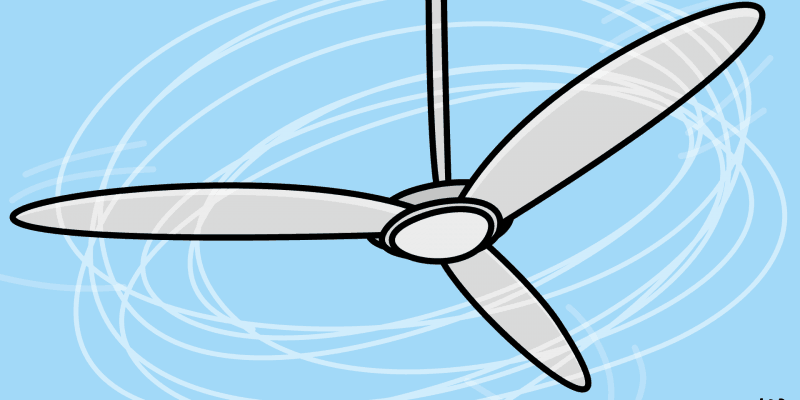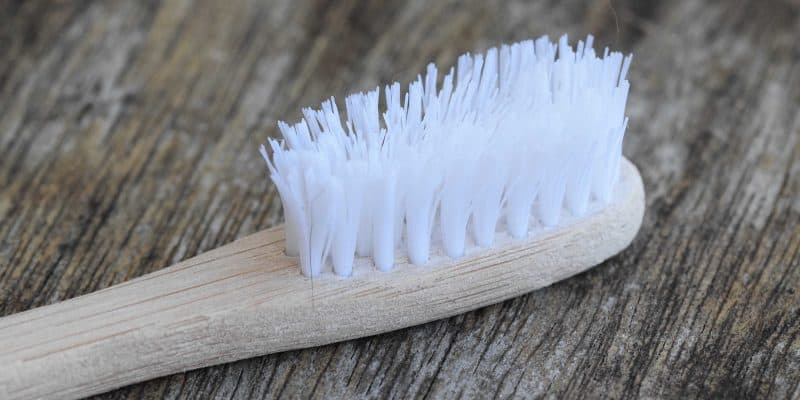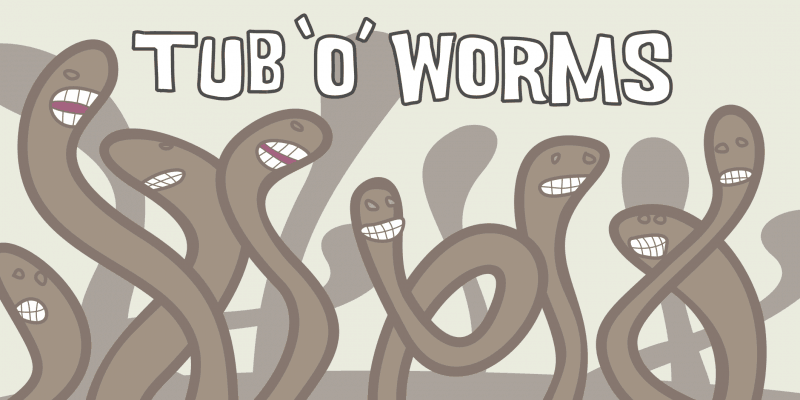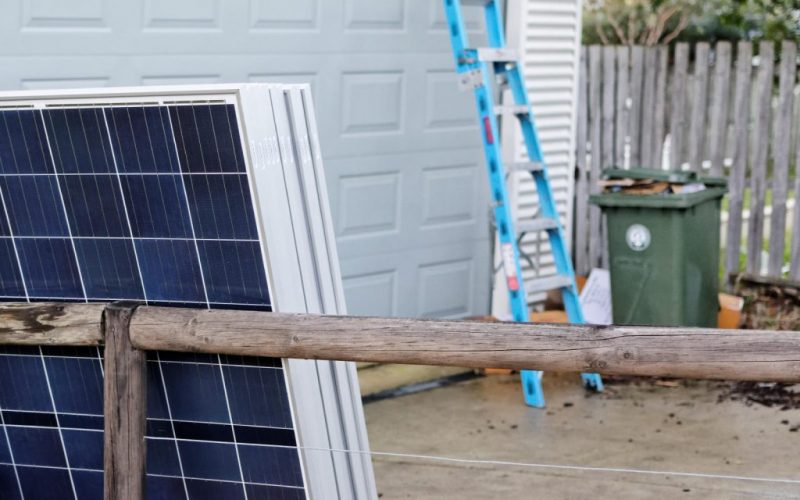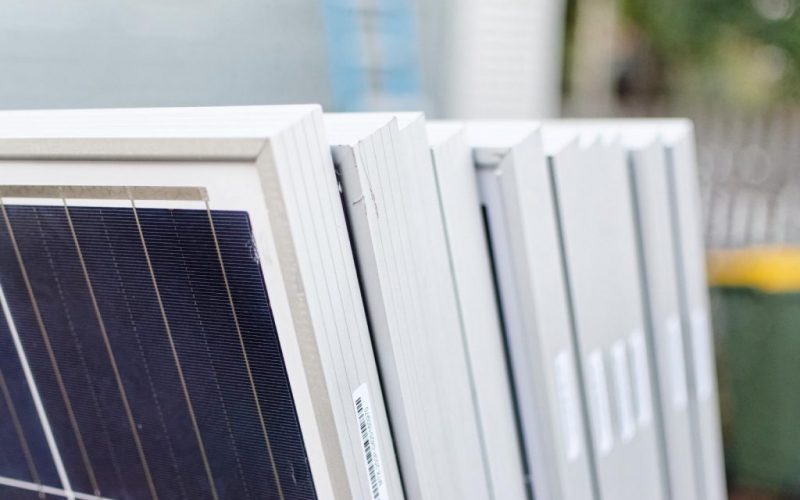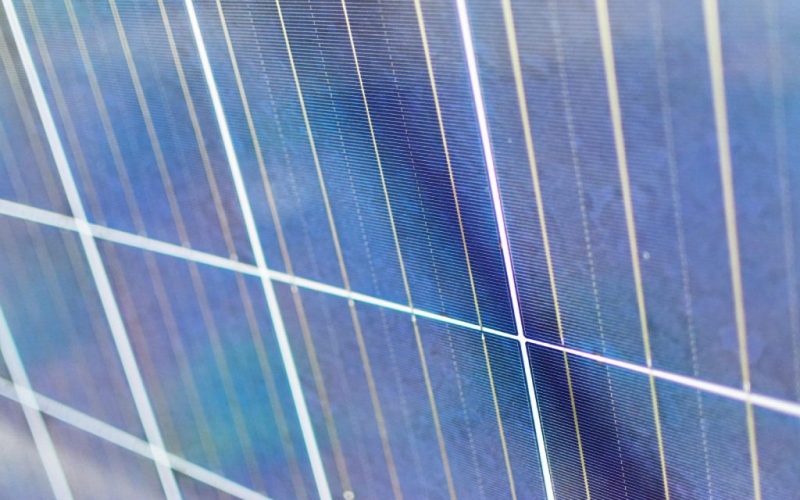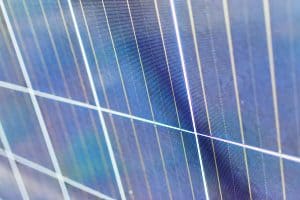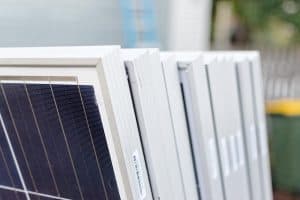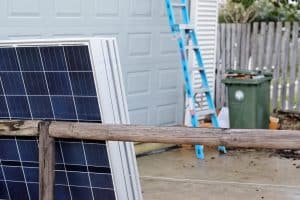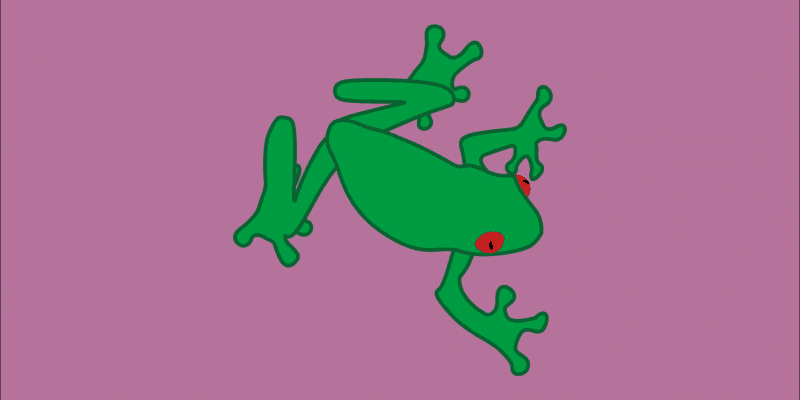I’m writing about this because it’s actually the third time that something like this has happened — where a well-intenioned human being has ‘accidentally’ (yet intentionally) poisoned something on this land. What has happened recently?
First some more detail:
We have converted an old inflatable spa into a “scum pond”. Why would we want to do that? Why have we intentionally built a scum pond?
Quick answer: because it enables me to test my waste byproducts in there in order to reduce toxicity. For example, after doing some manufacturing, I wash the tooling and/or moulds in there. I wash my hands in there. Why? Because that way, PVA residue doesn’t go down the drain. And I can check whether it really does benefit the environment, or whether my artificial little wetlands suffers. So we have a scum pond because the whole idea is to produce waste that nature can eat.
The other reason we have a scum pond is because they use nasty chemicals in sewerage and waste treatment plants. And they too have to come from somewhere, like, for instance, Nauru.
So this pond has green aglae in it. It has some mosquitoes in it. It’s far from dead. It’s alive! Everything just appeared all by itself. It rained and that was it. That was all we had to do. Leave it alone. The good news is that, so far, it has devoured everything we have put in there. It’s like a different form of composting or bokashi. I think that is pretty cool.
So yesterday, the pool guy came round and I briefly saw something splash in the scum pond. I didn’t think too much about it because I was heading to the toilet. Actually, I thought he might have been fishing something out of the bottom. Why I do not know. And I wasn’t going to ask if he was fishing for things in the bottom of our scum pond. Fair enough.
And a little while later, I overhear him say to my mum: “I just chucked some chlorine into the spa; I won’t charge you for it”. And believe it or not but my mum actually defended me and said “oh no you shouldn’t have done that” and half explained why (no chemicals; it’s rain water; we pour the water onto the worms). She stopped short of explaining about the scum pond. But I think people should know.
Why do people have this innate desire to kill things? Those little algae have chlorophyll in them, don’t they? That means they are providing us all with oxygen. Why on Earth are we trying to stop that process? Why kill that? What gives us the right to decide what goes on in that scum pond? It’s even worse than the expression: “biting the hand that feeds you”, because we need oxygen oh so much more than we need food. I hope one day there is a new expression: “adding chlorine to the scum pond”.
I felt like saying something further like that. But I didn’t want to make the young guy feel even more awkward.
Come to think of it, it’s just one of the reasons that I don’t really like working with other people that much. It’s not that I am a control freak or anything. It’s that sometimes people don’t think. I know people are only trying to help. But the fact is, they often don’t.
“Some things could be better. If we’d all just let them be.” —GNR

